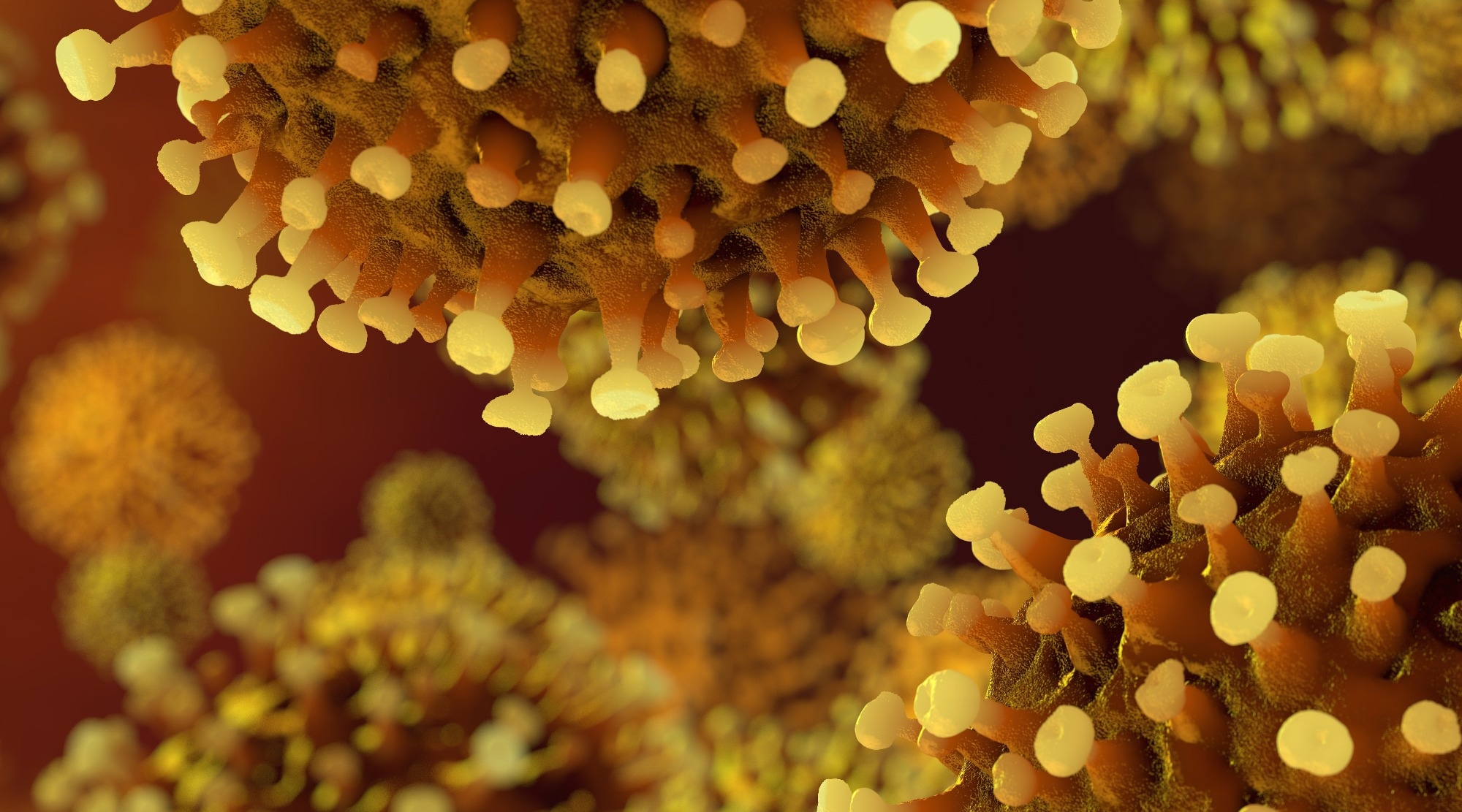In a recent study published in the journal Environmental Science & Technology Letters, researchers conducted environmental surveillance to detect severe acute respiratory syndrome coronavirus 2 (SARS-CoV-2) in two flood control channels in the United States (US), influenced by homeless individuals. They detected SARS-CoV-2 RNA (short for ribonucleic acid) and novel spike gene mutations in the channels during COVID-19 (short for coronavirus disease 2019) outbreaks, emphasizing the efficacy of environmental surveillance for assessing public health in the homeless population.

Study: Environmental Surveillance of Flood Control Infrastructure Impacted by Unsheltered Individuals Leads to the Detection of SARS-CoV-2 and Novel Mutations in the Spike Gene. Image Credit: CROCOTHERY / Shutterstock
Background
During the COVID-19 pandemic, overwhelmed public health laboratories in the US prompted the initiation of the National Wastewater Surveillance System (NWSS) to support traditional surveillance efforts in March 2020. The program could effectively detect SARS-CoV-2 RNA, antimicrobial resistance markers, and emerging variants, offering early detection for public health priorities. Several studies have reported the presence of viruses and human fecal material in flood control channels due to various factors like overflowing sanitary sewers and direct human inputs. In cities where homelessness is common, environmental surveillance of flood control channels can aid in understanding disease transmission among people experiencing homelessness, which is often overlooked in clinical surveillance data.
RNA of SARS-CoV-2 can sustain in water bodies for extended periods, while infected individuals can continue shedding significant amounts of viral RNA in fecal matter for up to seven months. Despite previous research demonstrating the presence of SARS-CoV-2 RNA in surface waters, conducting whole genome sequencing (WGS) from flood control channels for variant identification is less frequent, primarily due to difficulties in collecting and analyzing samples. Researchers in the present study aimed to identify SARS-CoV-2 RNA in environmental water samples from flood control infrastructure impacted by homeless individuals, perform WGS, compare variants with those found in the local community, and potentially reveal any novel mutations.
About the study
In the present study, water sample processing was performed by concentrating primary effluent from wastewater treatment plants (WWTPs) using hollow fiber ultrafiltration, followed by extraction and synthesis of cDNA (short for complementary deoxyribonucleic acid). Environmental water samples from two sources (Flamingo Wash and Tropicana Wash) were processed similarly. A total of 57 samples were collected and analyzed.
SARS-CoV-2 RNA quantification was performed using quantitative polymerase chain reaction (qPCR). Further, library preparation for amplicon-based WGS made use of a SARS-CoV-2 panel and Illumina NextSeq 500. Data analysis included adapter trimming, read alignment, primer masking, variant calling, and determination of variant composition. Low-frequency and novel mutations were identified and validated using various databases.
Results and discussion
SARS-CoV-2 RNA was detected in 15 samples (33% in treated water and 20% in freshwater), with concentrations between 2.8 and 4.8 log10 gc/L. Higher detection frequencies occurred in the first two months of 2022, corresponding to the peak of the first Omicron wave. This aligns with the maximal concentrations observed at the WWTP. PMMoV (short for pepper mild mottle virus), a fecal indicator virus, was detected in almost all samples, with concentrations between 4.0 and 6.3 log10 gc/L, consistent with previous studies. Detection frequencies of PMMoV were slightly higher in this study than in earlier ones, possibly due to the increased sensitivity of sample processing methods or the study of areas with higher densities of unsheltered individuals.
The detected variants were majorly classified as Omicron, Delta, and Alpha, especially in environmental water samples. Notably, Alpha detection in freshwater indicated potential persistent shedding or low circulation levels. Delta variant signals were observed, correlating with shedding timelines, suggesting variable loadings could influence variant composition in environmental samples.
Previously unreported mutations of the SARS-CoV-2 spike protein, including Tyr636Phe, Ser943Thr, and Phe1103Val, were identified in the samples. These mutations, not residing in the receptor-binding domain (RBD), were observed more than once, with Tyr636Phe being the most frequently detected. While the origin and significance of these mutations remain uncertain, their presence suggests potential circulation within the local community rather than being unique to flood control channels or municipal wastewater.
The findings suggest that COVID-19 transmission within unsheltered populations may reflect trends in the general community. However, a direct comparison of variant prevalence could not be made due to limited clinical surveillance data for unsheltered individuals.
Conclusion
In conclusion, the study found that the SARS-CoV-2 variants detected in environmental water samples influenced by human waste from homeless individuals were like those circulating in the broader community, as observed through wastewater and clinical surveillance. The highest concentrations of SARS-CoV-2 RNA coincided with the peak of the initial Omicron surge, followed by a decline correlating with decreased wastewater concentrations and confirmed case counts. The study emphasizes the utility of environmental surveillance for understanding public health conditions and infectious disease transmission, particularly among vulnerable homeless populations.
Journal reference:
- Environmental Surveillance of Flood Control Infrastructure Impacted by Unsheltered Individuals Leads to the Detection of SARS-CoV-2 and Novel Mutations in the Spike Gene. Anthony Harrington et al., Environmental Science & Technology Letters (2024), DOI: 10.1021/acs.estlett.3c00938, https://pubs.acs.org/doi/10.1021/acs.estlett.3c00938